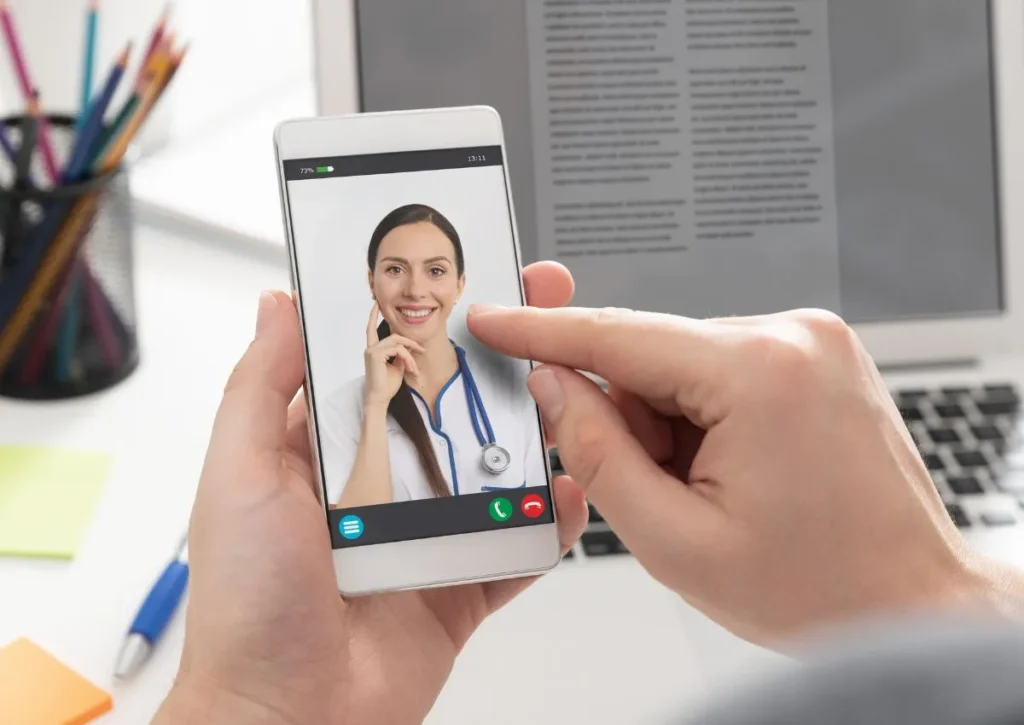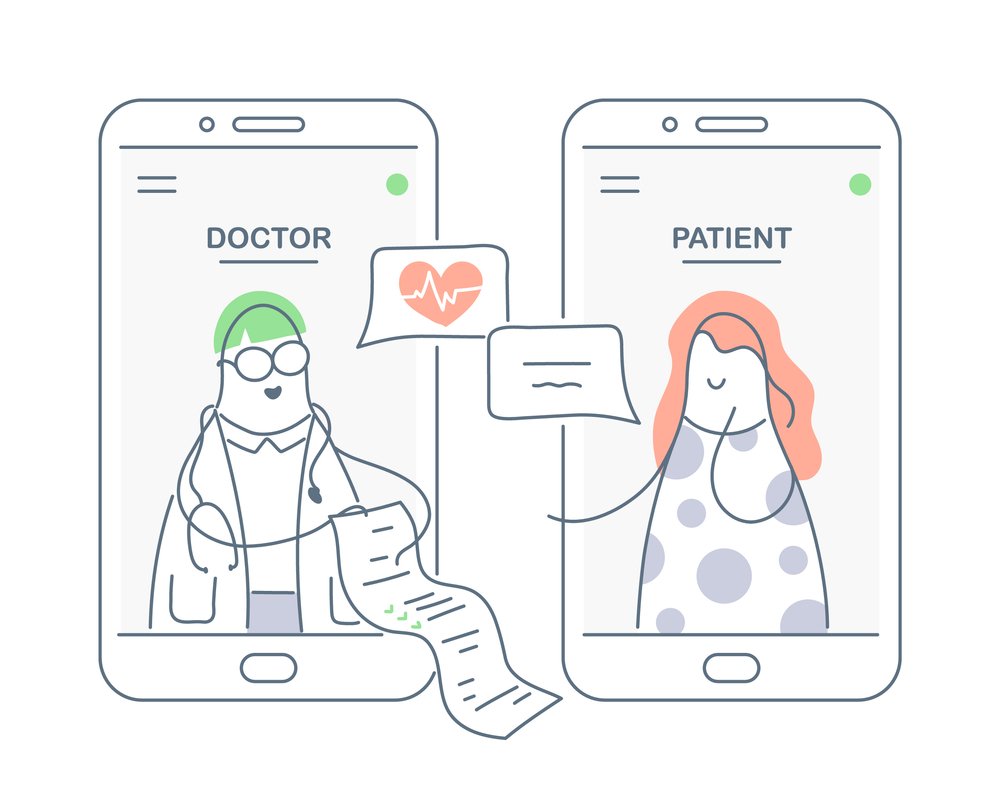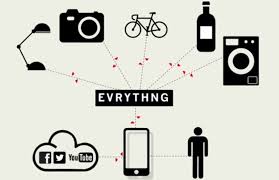Originally a conceptual option, telemedicine became indispensable during the pandemic, and has reshaped how people and professionals think about medical care and health insurance. The accessibility and convenience of telehealth have the potential to reshape our experience of medical care, offering solutions to some of the most pressing issues in healthcare delivery.
In Pakistan, the concept of telemedicine treatment and consultations came into mainstream awareness during the COVID-19 pandemic, when social distancing and isolation were necessary. However, keeping in view our overburdened medical staff, infrastructure, and the high cost of medical treatments, having the option of telemedicine can be a blessing if used effectively as a means of relieving overburdened medical facilities and reducing the cost of going to a doctor.
The Rise of TeleMedicine
In the past, telemedicine was used to care for patients in remote areas who did not have access to a local doctor or hospital. However, it wasn’t until the pandemic that telemedicine truly took off.
Driven by the pandemic, telemedicine usage in Asia-Pacific skyrocketed from 2020 onwards. Health insurers reported a staggering 52% increase in virtual consultations compared to the pre-pandemic period, a dramatic shift from the mere 4% of visits conducted remotely before it. It became essential to limit in-person visits and reduce the risk of exposure to the virus. And despite the pandemic being over now, telemedicine still has a strong user base.
Explaining Telemedicine
Telemedicine is the use of technology to give medical care, and removing the need to be present in the same place. It covers many activities like diagnosis, intervention, and consultation through two-way, real-time communication. Doctors and patients can talk and see each other using video and audio messaging services like Zoom, and WhatsApp.
Technical tools make telemedicine easily accessible. Video calls help doctors and patients have face-to-face interactions even when miles apart. Telephones can be used for simple audio conversations, and email systems allow for sharing detailed information like scans, reports and other documents.
Additionally, innovation in remote patient monitoring devices enables medical professionals to assess patients’ health data from afar, making telemedicine versatile and effective.
The Role of Technology in Telemedicine Delivery
The availability of low-cost technology plays a major role in enabling telemedicine. It helps telemedicine doctors and patients to connect through low cost video chats. Doctors can see patients, provide diagnoses, and discuss treatments. This becomes especially important for those unable to visit a clinic in person. Audio calls offer another method for consultations when video isn’t available.

Remote patient monitoring is gaining traction. There are devices available that track vital signs and share data regularly with doctors. This ensures timely intervention if a patient’s health condition change. Emails also support meticulous information sharing, helping doctors and patients stay informed.
Impact of Telemedicine On Healthcare Delivery
By using the power of technology, medicine is changing the healthcare delivery process, widening the reach, and improving patient healthcare standards.
- Provides remote consultations: Telemedicine allows patients to receive medical advice, diagnosis, and treatment recommendations from the comfort of their homes. Even patients in remote areas with limited access to specialists can consult experts from renowned hospitals, improving the quality of care and eliminating the need for extensive travel.
- Remote patient monitoring: Wearable devices enable the remote monitoring of patient’s health conditions and vital signs. These devices, and mobile apps, and other connected technologies can transmit data to healthcare providers for real-time monitoring and proactive intervention. This allows for earlier detection of potential health issues and enables better and data-driven care plans.
- Supports expatriates living abroad: Through telehealth, expatriates can tap into a broader network of healthcare providers and specialists, overcoming geographical and language barriers. They can access familiar medical expertise, receive guidance on their health concerns, and benefit from the peace of mind that comes with receiving care from trusted sources.
The Impact of Telemedicine on Health Insurance
The move to Telemedicine has had some implications for both patients and insurers, reshaping the dynamics of how healthcare services are utilised and covered by insurance plans.
Since Telemedicine is generally less expensive than in-person appointments, it helps insurers manage healthcare expenditures and control premium increases.
Covering Telemedicine or offering telemedicine services has become a prerequisite for many insurance providers internationally to remain competitive in the market. It enhances member satisfaction as it aligns with the growing demand for convenient and accessible healthcare services.
Challenges In Telemedicine Coverage
With Telemedicine an underutilized facet of medical treatment in Pakistan, insurance coverage is also inconsistent across companies and hospitals. Private insurance also differs significantly, with some offering telemedicine coverage clauses and others not.
Legal and technological constraints can affect coverage. Health benefit plans are mandated to treat telehealth and in-person services equally, but technology types used won’t impact coverage decisions.
As technology evolves and policies advance, telemedicine is positioned to become a standard healthcare option, offering efficient, cost-effective solutions that make healthcare more accessible to all.

Hybrid Healthcare Models
Hybrid healthcare models combine traditional in-person medical services with telemedicine. This approach improves insurance plan flexibility, allowing patients to choose the most convenient and appropriate care setting. By integrating both methods, healthcare providers can improve patient access, especially in underserved areas.
Telemedicine plays a crucial role in hybrid models. Video consultations, remote monitoring, and electronic records make virtual visits practical and efficient. Patients with chronic conditions benefit from regular telehealth check-ins, reducing the necessity for frequent office visits. For instance, patients managing diabetes can consult their doctors remotely to discuss blood sugar levels tracked by connected devices.
Final Thoughts: Telemedicine Is Here to Stay
Telemedicine has moved from a temporary fix to a permanent solution. It offers affordable, accessible, and flexible healthcare—making it especially relevant in a country like Pakistan, where reaching quality care can be a challenge.

Sadia Zaheer holds a Masters in Business Administration from IBA, Karachi. After working in several financial institutions in Client Management, Corporate Lending, Islamic Banking and Product Management she jumped careers to pursue a career in writing.
She is a Finance, Business and HR Development writer with four years of experience. She reads a lot and takes care of her multiple cats to remain calm.



